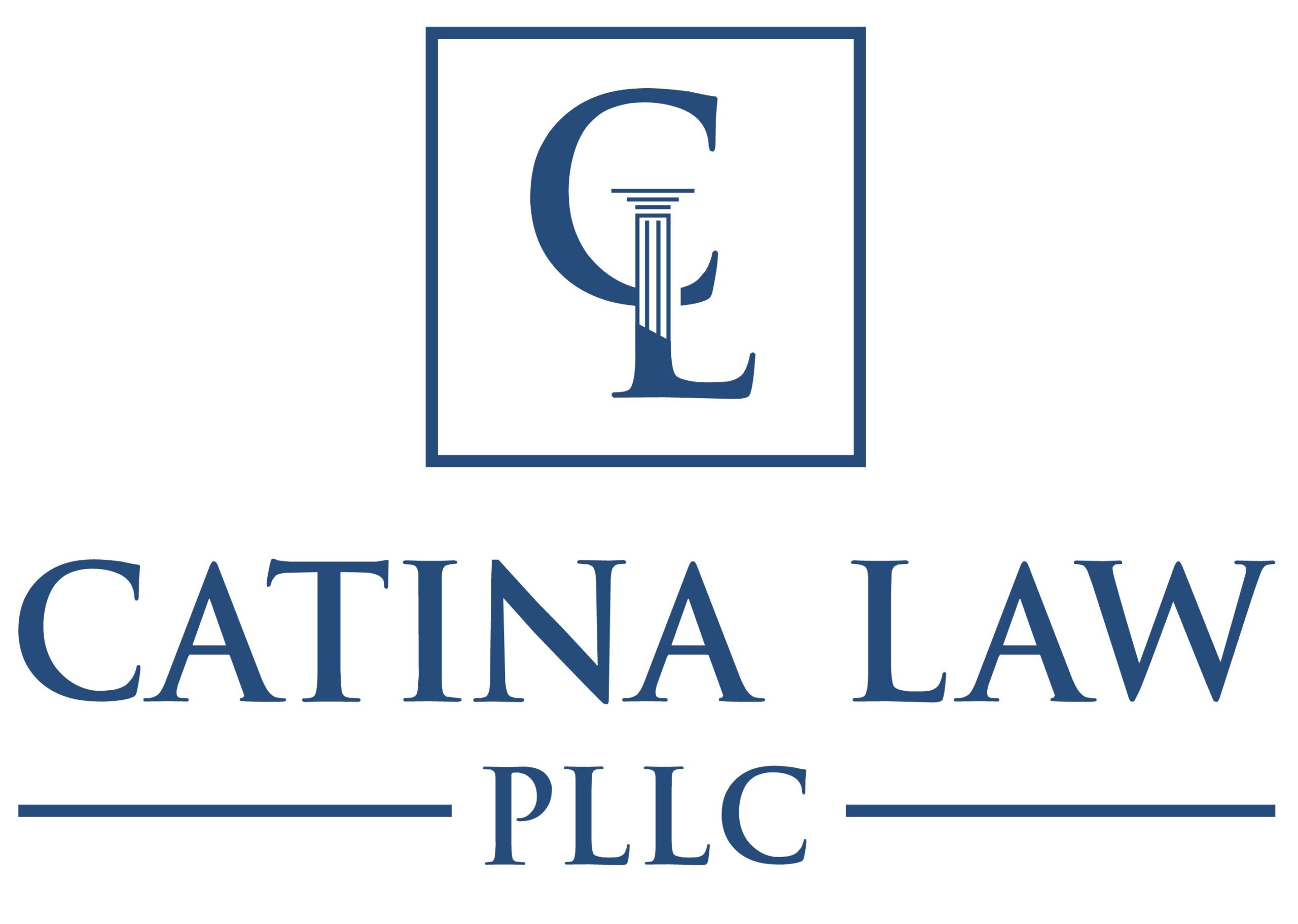This month, our insights will be spotlighting litigation services that we provide as a firm, with a specific focus on our business litigation. Laura and I have represented so many different types of clients in business disputes that eventually find their way to litigation. Ranging from business entities to partnerships to the employer/employee relationship to individuals to construction disputes, we have represented various claims and defenses in the context of litigation.
As I mentioned in last month’s blog, oftentimes, a client reaches out to us for representation at a point where they have attempted to resolve the dispute on their own or they don’t know how to approach the adverse party in a way that protects themselves. Thus, they want to have counsel guide them through that process. This is the pre-litigation stage, and in so many respects, I would argue it is the most crucial step in the litigation process.

Just this week alone, I spoke with a client who is dealing with a contract dispute. He runs a well-established business, with a very strong contract for services. Yet, even with a strong contract, this was not enough for the other party to perform their obligations thereunder.
My first intake call with a litigation client is a fact-gathering exploration. I ask the Who, What, Where, When, How questions, and we go over every facet of the relationship to ensure that I get enough information to determine what the next steps will be. As soon as a client intimates that there are documents between the parties (i.e., emails, text messages, contracts, invoices, etc.), I request their production to me immediately. In fact, if I have worked with the client previously, they will often know in advance that, before we jump on an intake call, I will ask them to provide relevant documentation to me so that I can review it in advance of our discussion.
Anecdotally, one of the greatest pieces of advice that I received when I was a newer attorney was from Laura, who learned it from one of her mentors. This attorney would tell every prospective client to create a narrative – a story – of what transpired to lead up to this dispute. In essence, he asked for his clients to bring with them a “book” of all of the information and documentation that would assist the attorney in understanding every aspect of the relationship between the disputing parties.
Against the backdrop of having this mountain of information and documentation, as an attorney, I can make better judgments, spot the relevant issues, and narrow the legal principles in play to provide the client with a clearer understanding of where we are headed.
Another crucial part of our firm’s intake process is our internal documentation process. Whether we are contacted by telephone or email, our firm aims to prepare an intake form of each matter – especially with new clients – to track the basic contact information and a high-level summary of the matter being brought to us for consideration.
For more information about the litigation services that we provide, please visit our website at www.catinamara.com or call our office to inquire today.
Disclaimer: The information contained in this post is not, nor is it intended to be, legal advice. You should consult an attorney for advice regarding your individual situation. We invite you to contact us and welcome your calls and communications. Contacting us, however, does not create an attorney-client relationship.
